Shows
Guide to Pavilions and Exhibitions from Asia at 60th Venice Biennale: Giardini and Arsenale
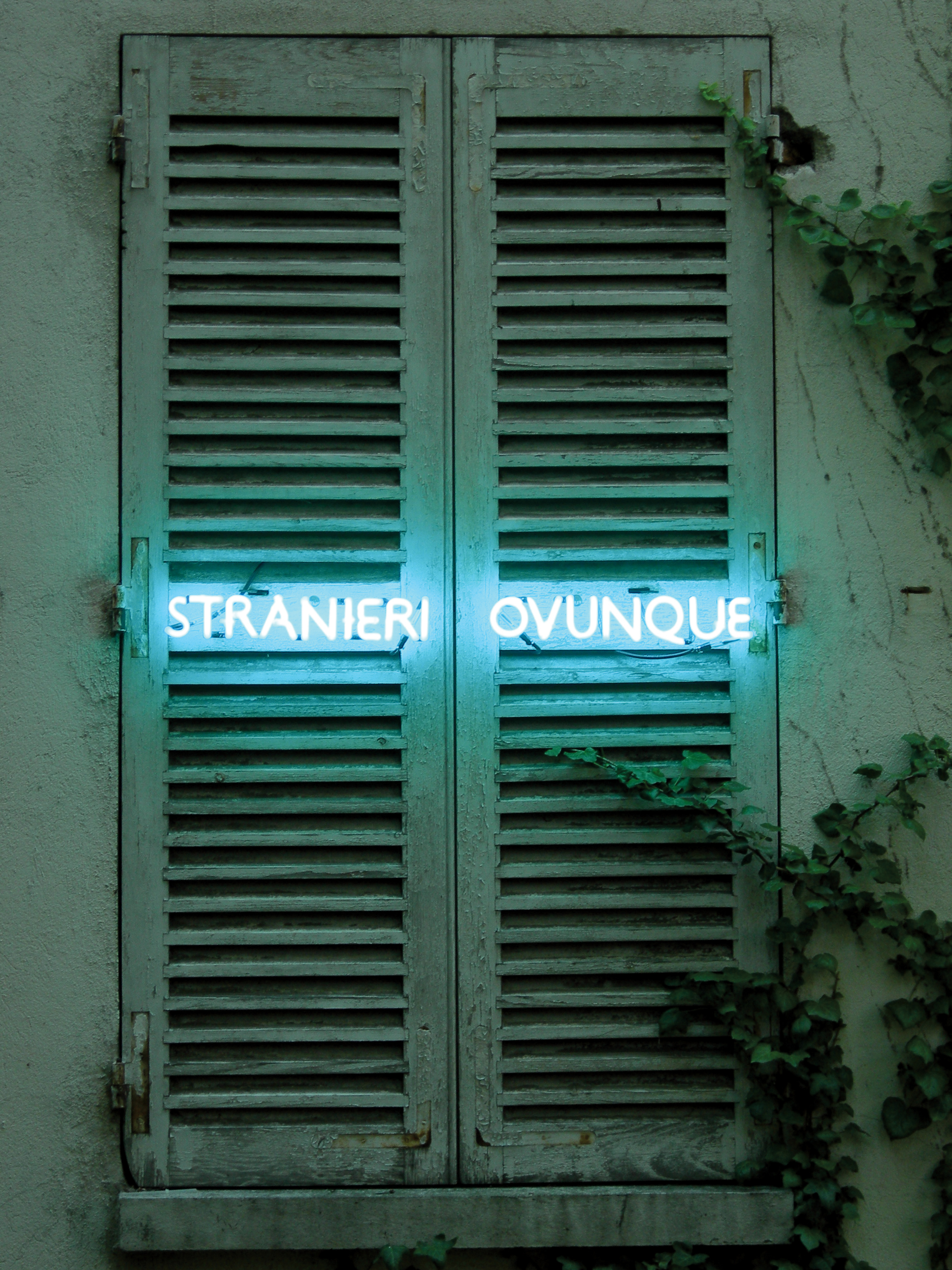

Central Exhibition: “Stranieri Ovunque – Foreigners Everywhere”
The curator of the Venice Biennale’s 60th edition, Adriano Pedrosa, is the first to hail from South America. He has chosen to reflect on the mixed cultural identities of artists who are themselves foreigners, immigrants, expatriates, diasporic, émigrés, exiled, and refugees—with a particular focus on those who have moved between the countries of the global North and South. The Biennale’s title comes from the Palermo-based collective Claire Fontaine’s neon sculptures of the phrase “foreigners everywhere” written in different languages, a series named after a Turin collective who fought racism and xenophobia in Italy during the early 2000s. Pedrosa explained the title reflects: “Firstly, that wherever you go and wherever you are you will always encounter foreigners—they/we are everywhere. Secondly, that no matter where you find yourself, you are always truly, and deep down inside, a foreigner.”
Featuring 332 artists and groups, “Stranieri Ovunque – Foreigners Everywhere” is not only a survey of itinerant artists, but of how differences are produced and enacted across subjectivities. The figure of the queer artist, for instance, defies categories of gender and sexuality, while outsider artists, Indigenous artists, and folk artists question the characteristics and categories of art-making. These figures Pedrosa plans to situate in the Nucleo Contemporaneo, along with the Disobedience Archive, a project about art and activism by Marco Scotini. In the Nucleo Storico, Pedro brings together works of global modernism from Latin America, Africa, the Arab world, and Asia, and is divided into chapters on abstraction and portraiture. An additional section focuses on the 20th-century Italian artistic diaspora.
Reflecting Venice’s long history of seafaring and marine trade, the Biennale is always a cosmopolitan meeting point, with 90 national pavilions and 30-plus collateral exhibitions from around the world. Strangers, foreigners, and travelers from almost everywhere will all converge for contemporary art’s biggest event.
National Pavilions in the Giardini
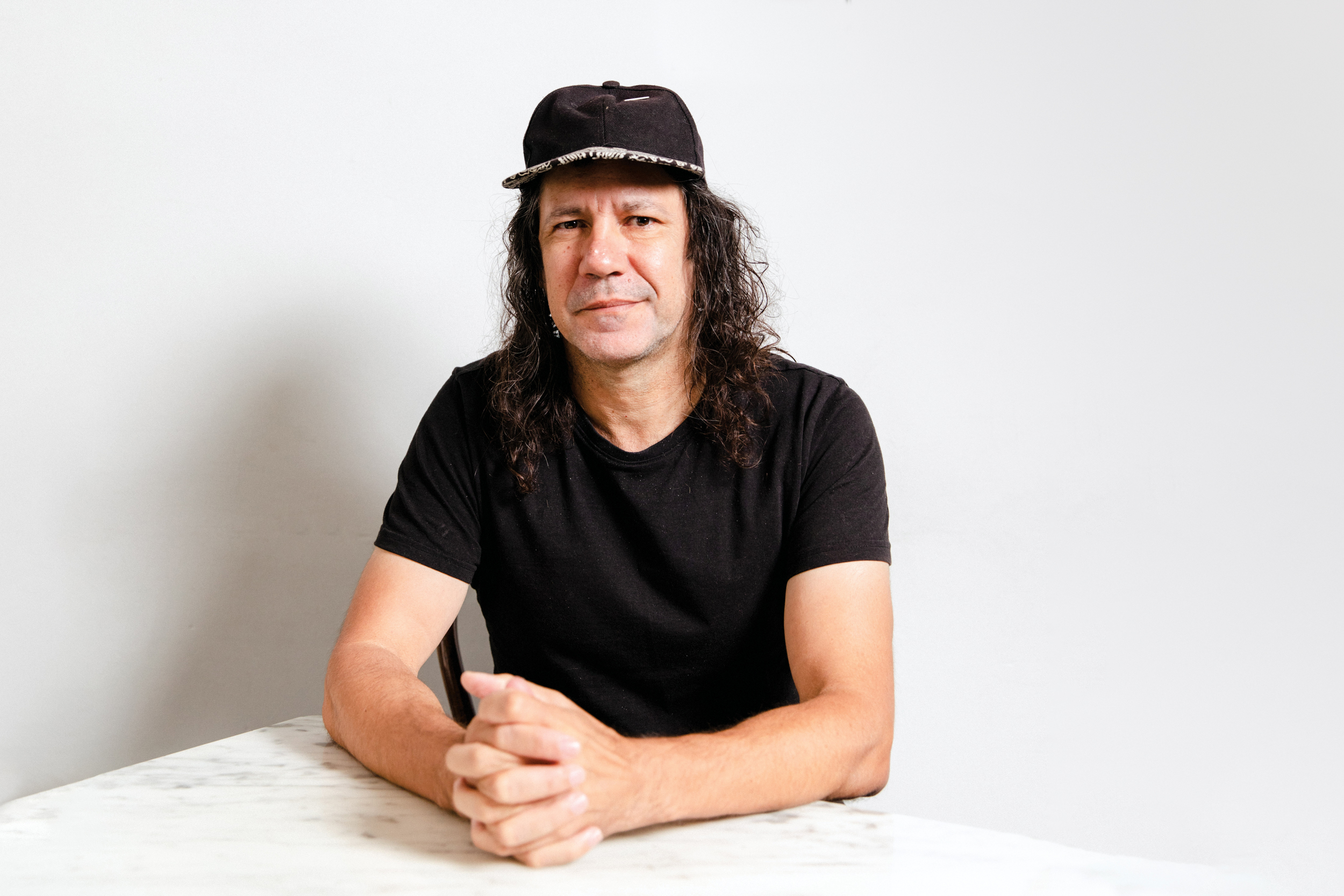
Australia
Archie Moore
kith and kin
Born in Toowoomba, Queensland, Archie Moore explores key signifiers of identity, intercultural communication, and racism through his conceptual and research-based works that portray his personal and national history. With language being a central element in Moore’s practice, in “kith and kin,” the artist traces his family’s Kamilaroi/Bigambul lineage that dates back more than 65,000 years. Curated by Ellie Buttrose, “kith and kin” explores the legacies of colonization and the impacts that an incarceration epidemic has had on familial connections across Indigenous communities. His participation marks the 25th anniversary of Australia’s presence in the Venice Biennale.
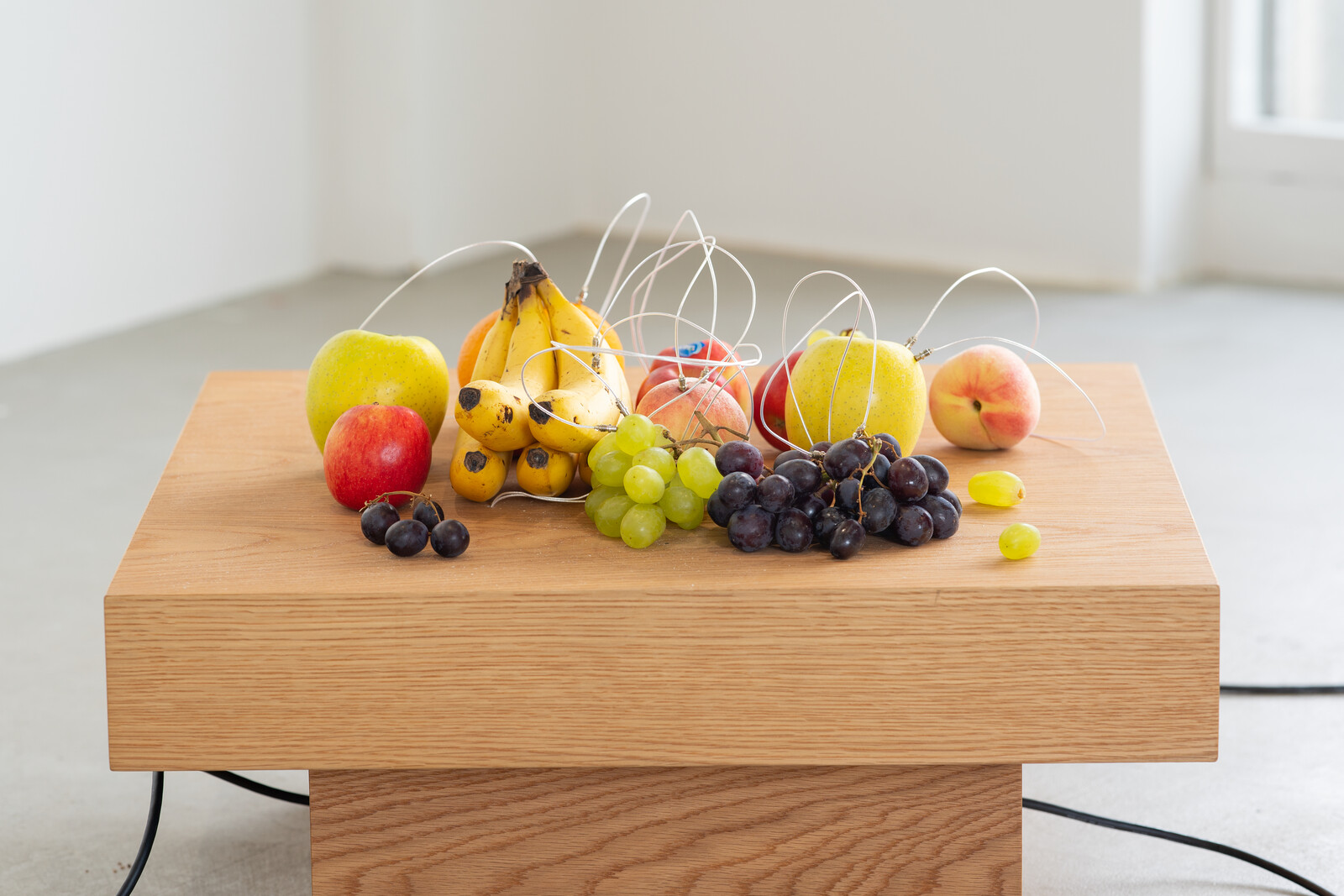
Japan
Yuko Mohri
Compose
The Japan Foundation presents “Compose,” a solo exhibition by Yuko Mohri curated by Sook-Kyung Lee at the Japan Pavilion. The exhibition fills the venue with sound, light, movement, and scent, which are changed by the environmental conditions while also transforming the existing architectural space. “Compose” consists of two bodies of work by Mohri, Moré Moré (Leaky) and Decomposition. The exhibition asks what it means for people to be and work together in a world facing multiple global crises. Inspired by Tokyo subway employees whose work prevents water leaks, Mohri's project highlights the creativity that arises from global crises.

Korea
Koo Jeong A
Odorama Cities
Known for their conceptual practice, Koo Jeong A has created a wide range of work, from glow-in-the-dark skateboard parks to sound and scent-works that explore inter-conscious phenomena, digital presences, and ephemeral imaginaries. For the cylindrical steel-and-glass architecture of the Korea Pavilion, Koo conceived of an exhibition akin to a “Korean scent journey,” involving 17 different scent experiences based on an open call that elicited more than 600 written statements recollecting smells from across the country. Titled “Odorama Cities,” and co-curated by Jacob Fabricius, director of Art Hub Copenhagen, and Lee Seolhui, curator at Kunsthal Aarhus, the pavilion offers an alternative map of Korea’s various regions and cities through an immersive olfactory installation that engages the senses.
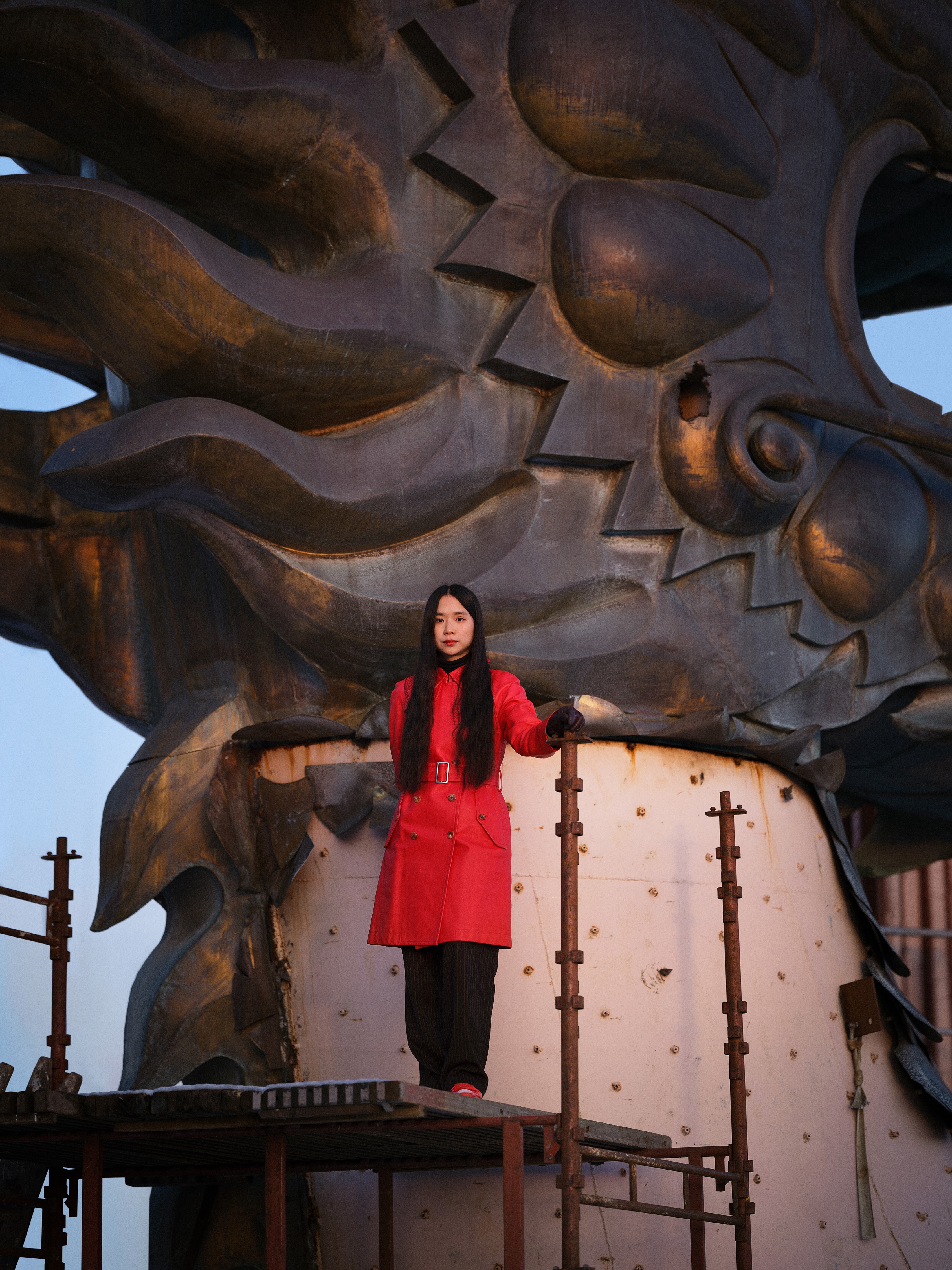
Nordic Pavilion
Lap-See Lam, Kholod Hawash, Tze Yeung Ho
The Altersea Opera
Swedish-Chinese artist Lap-See Lam conceptualized the multi-modal installation The Altersea Opera (2024) that will transform the Nordic Pavilion into an enormous ship adorned with the Chinese depiction of a dragon for its prow. The ambitious work will imitate a voyage from the arctic archipelago to the Venetian Lagoon. A film shot on board the Sea Palace, a deserted floating Chinese restaurant, will also be screened at the center of the Pavilion to transport viewers to a bygone era. The story will be told in a libretto, depicting Lam’s re-imagination of the Cantonese mythological fish-man hybrid Lo Ting who longs to return to his former home in Hong Kong, known locally as Fragrant Harbour.
National Pavilions in the Arsenale
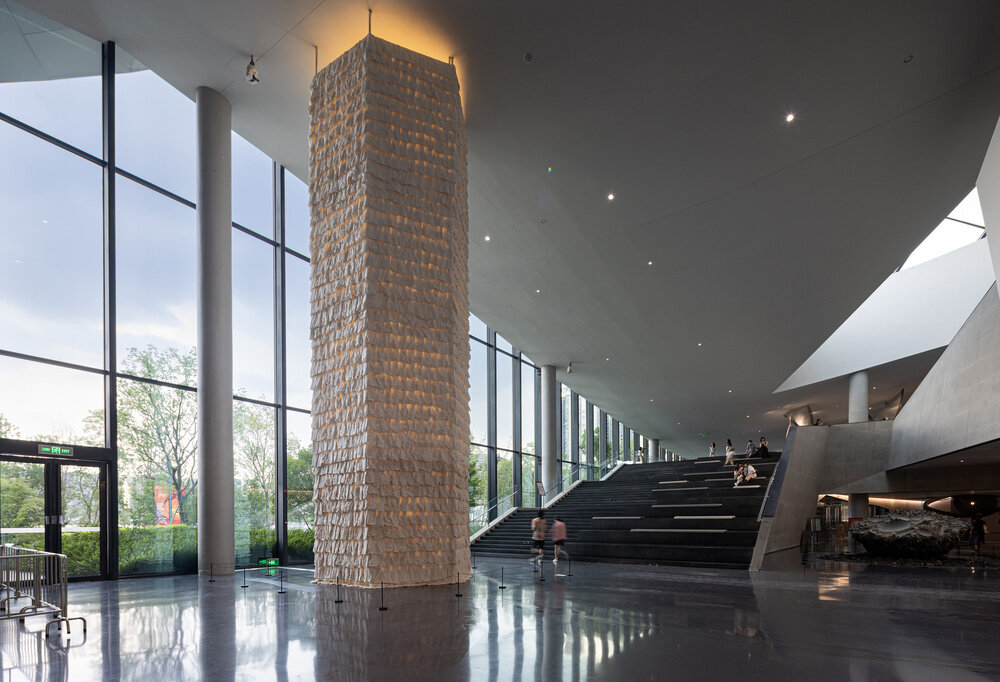
China
Atlas: Harmony in Diversity
Co-curated by Wang Xiaosong and Jiang Jun, “Atlas: Harmony in Diversity” will feature historical paintings as well as artworks by seven contemporary artists. The exhibition is divided into two sections: “Collect” presents digital documentation of 100 ancient Chinese paintings that are currently held overseas, taken from a Zhejiang-based, 19-year-long research project that has cataloged more than 12,400 early cultural treasures. “Translate” elaborates on the idea of dissemination and ancient pictorial tradition through seven series by interdisciplinary artist Che Jianquan, sculptor Jiao Xingtao, and Wang Shaoqiang, director of Guangdong Museum of Art. Zhu Jinshi also will contribute his architectural column of rice paper Du Fu Tower (2023), named after a Tang Dynasty poet and created for the Chengdu Biennale in 2023.

Lebanon
Mounira Al Solh
A Dance with Her Myth
Curated by Nada Ghandour, the Lebanon Pavilion presents “A Dance with her Myth,” an exhibition by Mounira Al Solh that features a 180-square-meter multimedia installation composed of 41 works spanning across different media—drawings, paintings, embroideries, sculptures, and video. Inspired by the Phoenician-Greek mythology of the princess Europa marrying Zeus through his ruse, the artist aims to blend myth and reality by reconfiguring the space into an unfinished boat-like structure amidst an immersive scenography designed by the architect Karim Bekdache. Through her drawings and paintings, Al Solh challenges gender norms and conservative values with tradition-defying iconography, fulfilling a female destiny free from the patriarchal symbolism of “gods.”

Philippines
Mark Salvatus
Sa kabila ng tabing lamang sa panahong ito / Waiting just behind the curtain of this age
The Philippines Pavilion, titled “Sa kabila ng tabing lamang sa panahong ito / Waiting just behind the curtain of this age,” features the works of artist Mark Salvatus and is curated by Carlos Quijon Jr. The exhibition will feature a newly commissioned video within an installation, and through family records, everyday materials, and historical events, will delve into the history and environment of Mt. Banahaw, a forested mountain on the border of Laguna that has inspired the arts as well as been involved in political and revolutionary contexts in the Philippines. The artist will also present the traditions of Lucban-based musicians who have been active since the 1950s to create protohistory of migrant Filipino musicians and to broaden the discourse on the impact of migrant bands on Filipinos’ modern soundscapes.
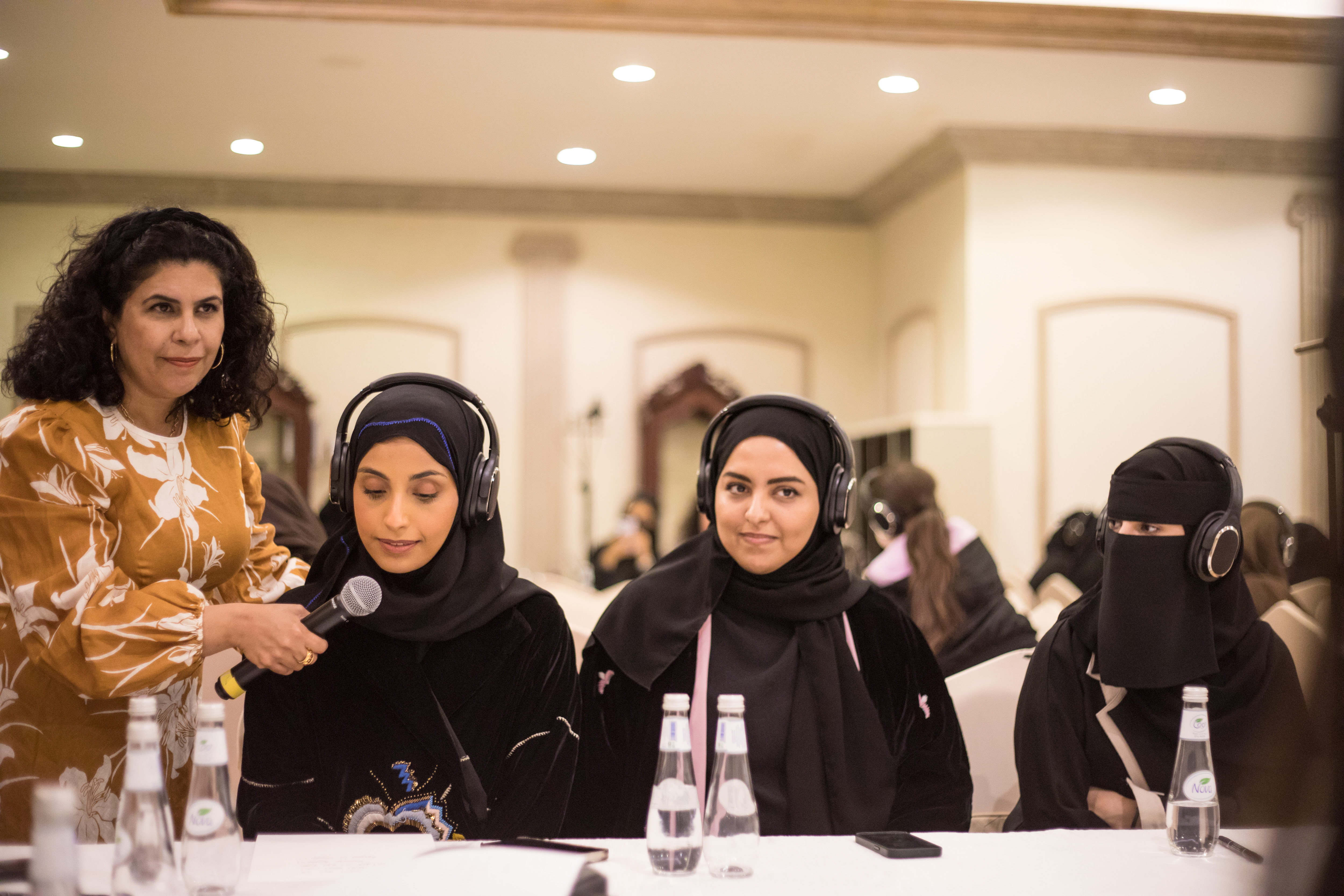
Saudi Arabia
Manal AlDowayan
Shifting Sands: A Battle Song
Manal AlDowayan’s decades-long practice interrogates ancient traditions, collective memories, and women’s representation in Saudi society. Titled “Shifting Sands: A Battle Song,” the Saudi Arabia Pavilion showcases AlDowayan’s collaborative project involving hundreds of women. Since January, AlDowayan has organized workshops in three different cities across the country including Alkhobar, Jeddah, and Riyadh, to create artworks with women from all ages and backgrounds. These workshops follow the form of AlDowayan’s collective art-making, which she has been leading since 2012 at the Fatat Al-Khaleej, an organization that has provided safe harbor for vulnerable Saudi women and orphans in the Eastern Province.
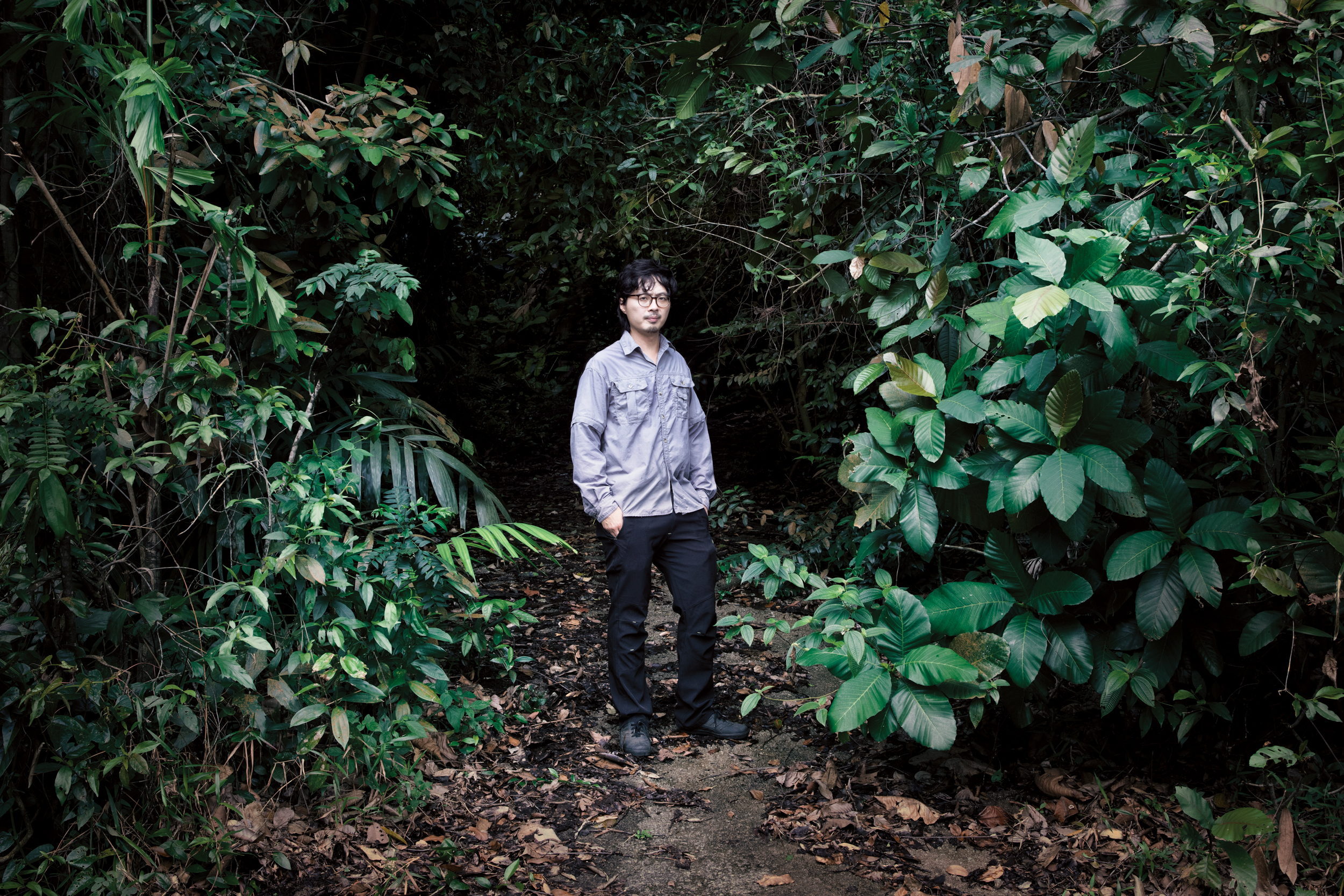
Singapore
Robert Zhao Renhui
Seeing Forest
Robert Zhao Renhui’s exhibition “Seeing Forest,” curated by Haeju Kim, is inspired by his explorations of Singapore’s secondary forests (regrown from land that was “deforested” by human intervention) and his seven-year research on the multifaceted ecosystems therein. He will exhibit a multimedia work encompassing various components, including a large-scale, sculptural installation featuring over a dozen screens displaying footage of said forests. The screens will be placed within a web-like structure surrounded by an assortment of found and crafted objects, collected during Zhao’s walks in nature. “Seeing Forest” recalls the Biennale’s theme of “Foreigners Everywhere” and the parallels between how society perceives foreigners in human contexts and in nature. In the Anthropocene era, in which challenges like climate change and habitat loss intensify, the exhibition highlights ecological perseverance.

Türkiye
Gülsün Karamustafa
Hollow and Broken: A State of the World
Turkish artist Gülsün Karamustafa is known for her half-a-century-long engagement with sociopolitical issues in Turkey, including the experiences of internal migrants, women, and minority communities. For the Türkiye Pavilion, “Hollow and Broken: A State of the World,” Karamustafa presents interconnected sculptural works composed from found materials that refer to the vernacular aesthetics found in communities across the country. The project invites the viewers to reflect on the world’s current state of tumult and the issues threatening humanity, as Karamustafa draws from personal and historical narratives with a focus on themes of migration and exile, ethnicity, and gender.
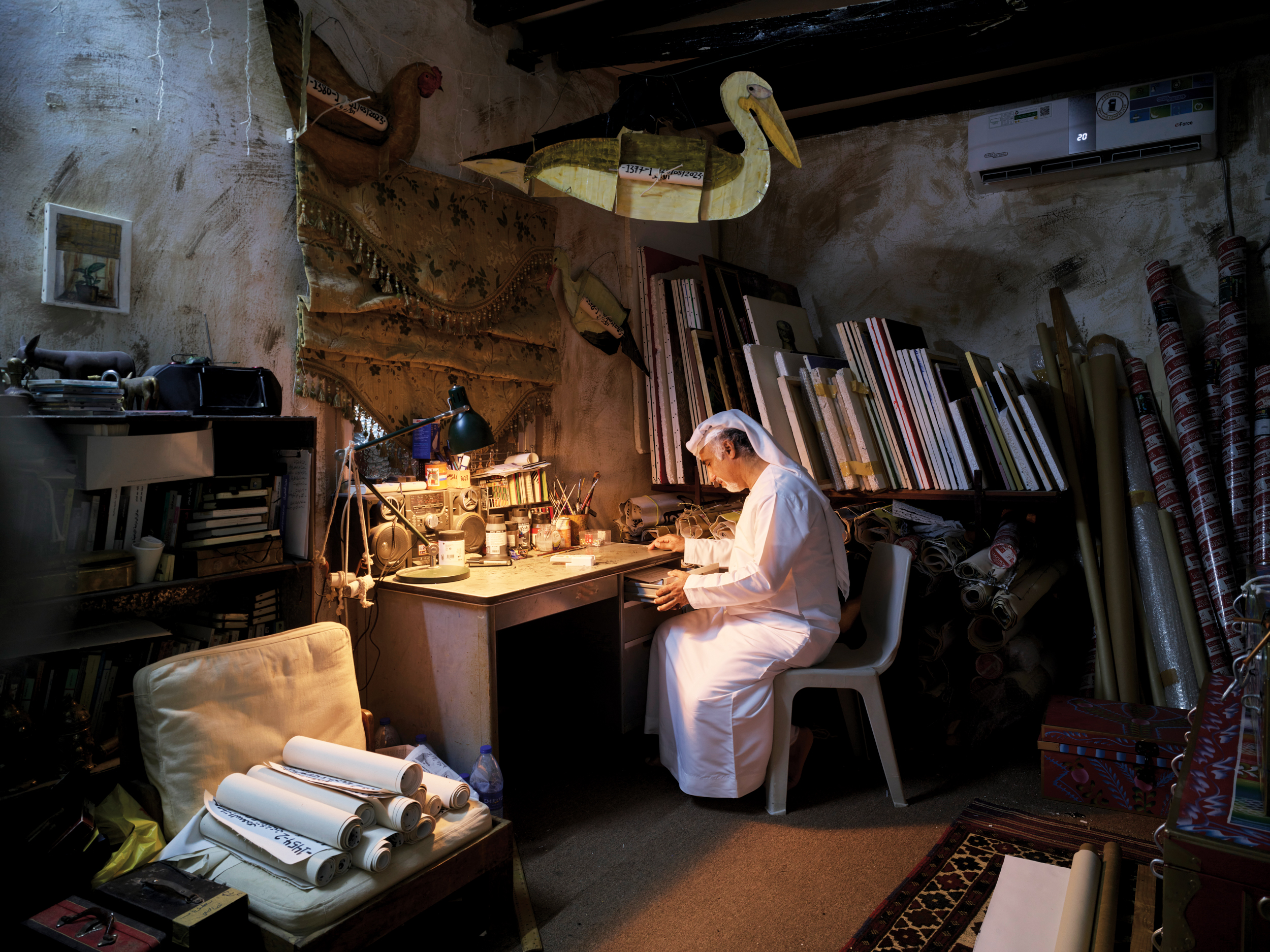
United Arab Emirates
Abdullah Al Saadi
Sites of Memory, Sites of Amnesia
Based in the eastern Emirates city of Khor Fakkan, Abdullah Al Saadi creates artworks that range from painting and drawing to artists’ notebooks and collections of found objects. His artistic practice is informed by a great affinity with nature and the rural life of his local environment as well as the intersections of personal and cultural history. Curated by Tarek Abou El Fetouh, “Sites of Memory, Sites of Amnesia” at the UAE Pavilion features eight artworks highlighting his artistic practice as it relates to Arab poetry from centuries ago. Performers in the space reveal artworks hidden in metal chests in a re-enactment of the artist’s ritual with visitors in his studio.
%20(2023)%20-%20video%20screenshots.png)
Uzbekistan
Aziza Kadyri
Don’t Miss the Cue
Curated by the Centre for Contemporary Art Tashkent and led by Uzbek multidisciplinary artist Aziza Kadyri, the Uzbekistan Pavilion at the Venice Biennale, “Don’t Miss the Cue,” explores how Central Asian women navigate themes of identity and belonging in the face of migration. Kadyri will collaborate with the all-women, Tashkent-based Qizlar Collective, who plan to create audiovisual materials to complement the national representative’s traditional textile- and garment-inspired sculptures. Kadyri is known for her technological reimaginations of traditional suzanis, hand-woven and embroidered textiles; and for Venice, suzani master Madina Kasimbaeva will help bring her installation to life. “Don’t Miss the Cue” will be staged at the Arsenale’s multipurpose theater space Tese Cinquecentesche.







